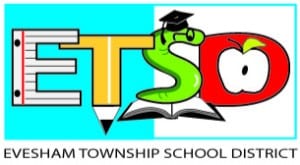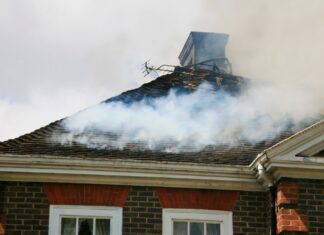
The Evesham Township School District has compiled its annual “State of the Schools” report for the 2014–15 school year.
The report gives an overview of student achievement using assessments and performance reports from the previous year.
Director of Curriculum and Instruction Danielle Magulick and Curriculum Supervisor Robin Collins presented the results at the most recent board of education meeting.
One area Magulick highlighted was the district’s reading recovery program, which gives special attention to the most at-risk first graders in regard to their reading skills. Last school year, the program served nearly 120 students.
Of those students, 65 percent were successfully discontinued from the program, 10 percent didn’t finish the program due to moving out of district or other reasons, while the remaining number of students finished the program but still needed additional support.
Magulick also noted the district provides training for teachers from other districts in reading recovery, and last year made $36,000 from training 28 teachers.
In regard to reading, Collins highlighted the district’s reading benchmark assessment for all students in grades one through five.
Of those students, between 84–91 percent of general education students met the proficiency level depending on the grade level.
For the district’s end of the year Math-in-Focus assessments in grades first through eighth, Collins said between 88–97 percent of general education students met the proficiency level.
Collins also outlined the results from cognitive abilities tests the district administers, which measure student aptitude as opposed to achievement levels through the use of verbal, non-verbal and cognitive reasoning.
“It generally assesses students’ ability to reason on those areas that are most predictive of student success,” Collins said.
Collins said the test was given to students in grades three, five and seven, and said there was little variability from the scores themselves from year to year, all ranging from the average ability range in the 50th, 60th and 70th percentile.
As the tests relate to aptitude, Collins said the results don’t show a great variability from year to year and don’t need to be administered annually.
She said the district uses tests to see if there are discrepancies between students’ aptitude and their performance in the classroom, and the tests are one of many benchmarks the district uses to be determine whether a student should be entered into various programs.
While the report would also normally include scores from the New Jersey Assessment of Skills and Knowledge standardized test, last year much of the NJASK was replaced with the Partnership for Assessment of Readiness for College and Careers test, for which scores were not yet available.
For the NJASK science exam, which was still administered to grades four and eight, in the areas of life, physical and earth sciences, 90–99 percent students scored as proficient.
Overall, Magulick said results from such exams and assessment drive conversations between district officials and help set the direction for student goals, student strengths and needs, district program goals, teaching goals and more.
“Basically, what we’re looking for are patterns, trends and surprises,” Magulick said. “We have conversations about cohorts of kids, specific, individual kids, are they getting the support that they need, is there more that need to do? We really draw out a lot of what we’ll do.”









